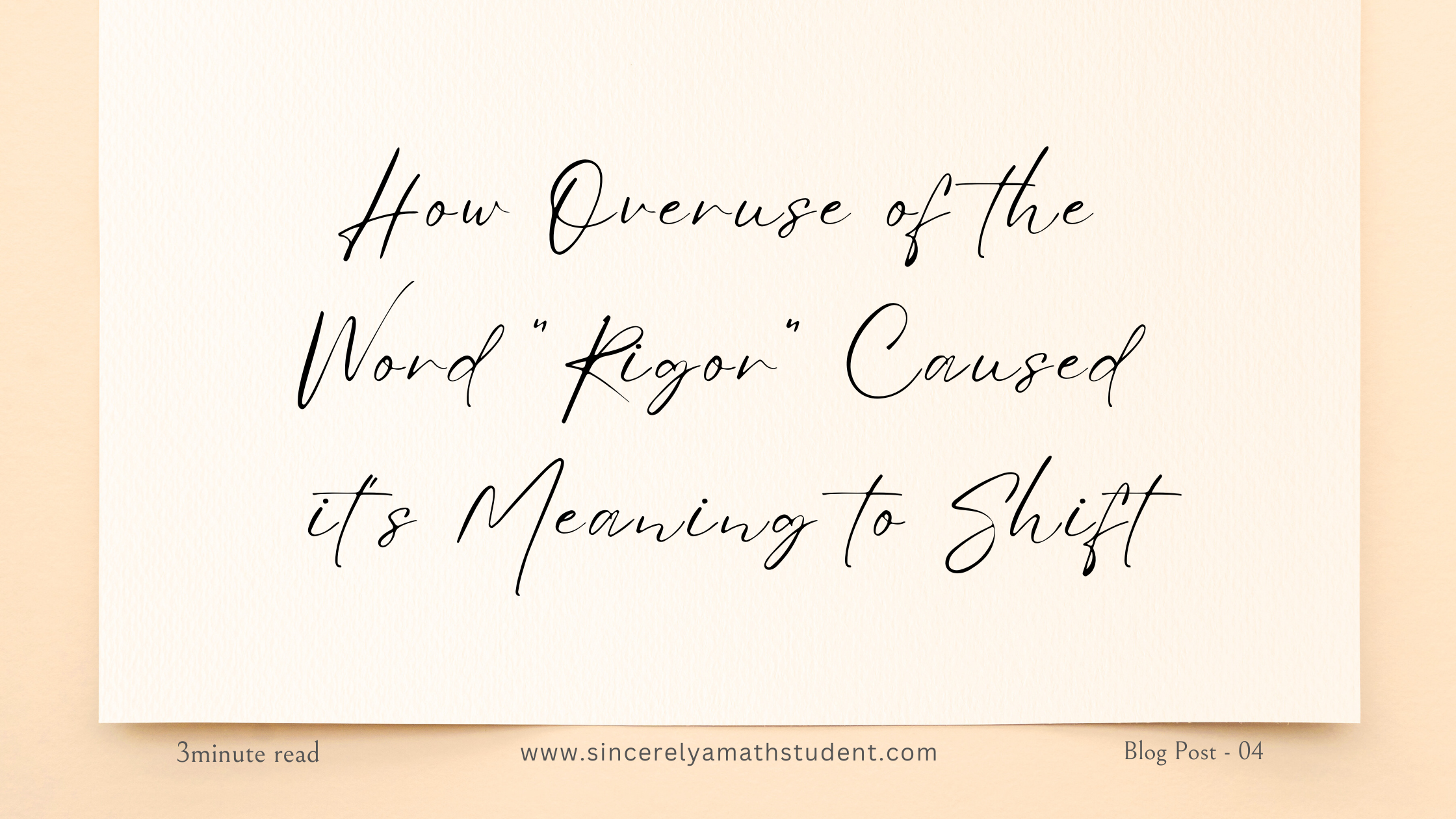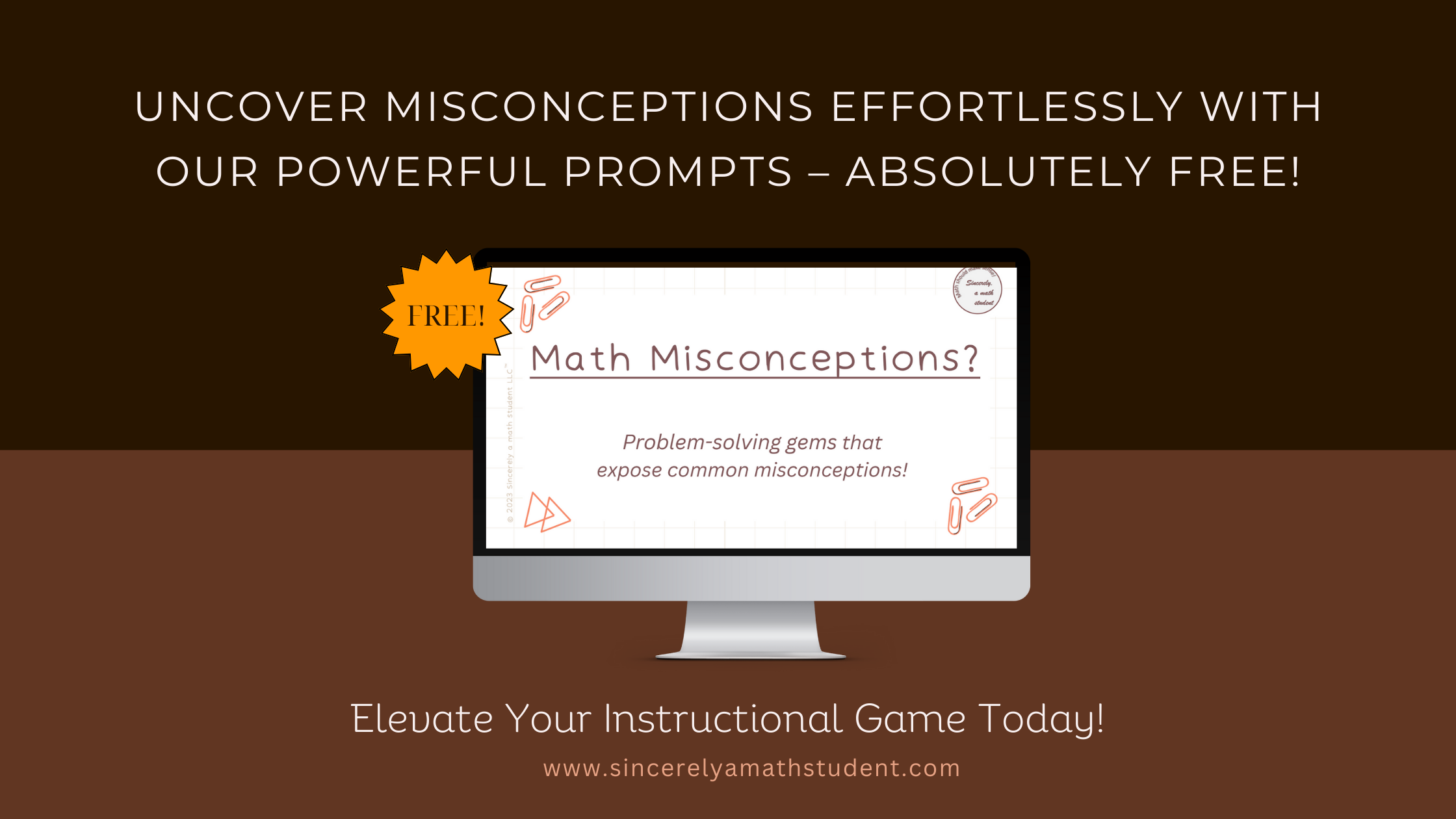How Overuse of the Word “Rigor” Caused its Meaning to Shift
Remember around 2010 when the word rigor became prevalent in mathematics educational policy? As a result, school districts were told that student success depended on math teachers' ability to teach with more rigor. Around this same time, “rigor” essentially became code for "better." In the years that followed, the word rigor surfaced so often that it was used to measure every teaching strategy and learning activity. Though well-intentioned, the overuse of this word has caused its exact definition to become flexible. Let's explore the consequences of misunderstanding rigor and discuss how we can get closer to its intended purpose.
First and foremost, it's crucial to acknowledge that the term “rigor” is tossed around so frequently in discussions on student ability that math teachers second-guess the use of word problems.
The belief? Certain mathematical concepts are beyond some students' comprehension, leading to lessons that center repetition and memorization. The reality is that rigor isn't just about complex problems; it's a delicate balance of challenge and accessibility. As math teachers, we must create a bridge between abstract concepts and real-world applications so that all students have access to rigorous grade-level content. True rigor in math education invites all students, provides a pathway into challenging lessons, and creates an inclusive environment where all students grow.
We must also acknowledge that rigor is not synonymous with learning taxonomies. For this discussion, let's use Bloom's.
If we imagine planning math lessons as navigating a challenging hiking trail, rigor sets the trail's difficulty, while Bloom's guides us through the various elevations. Teaching with rigor means designing lessons that include elements of appropriate student challenge and using Bloom's taxonomy to provide a clear cognitive path from basic understanding to higher-order thinking. Rigor focuses on the intensity and quality of learning experiences, whereas Bloom’s taxonomy provides a structured framework for classifying and organizing learning intentions. They work together to enhance the overall effectiveness of teaching and learning but are distinct in their emphasis and application.
Lastly, we must acknowledge that rigor can not exist without perseverance. Students must see the understanding of mathematics as a worthwhile pursuit.
They must trust that their teacher will provide the support and guidance that they need when it is needed. By fostering a classroom environment that values mistakes as opportunities for learning, students see wrong answers as a natural part of learning and not as an indicator of their mathematical ability. In this type of environment students are more likely to share their thought processes and engage in collaborative problem-solving.
When misconceptions about rigor persist, it directly affects student learning.
The focus on difficulty alone leads to disengagement and frustration, hindering the development of strong mathematical thinkers.
Want an opportunity to discuss ways to integrate practical and relatable strategies into your daily lessons? Let’s connect!

